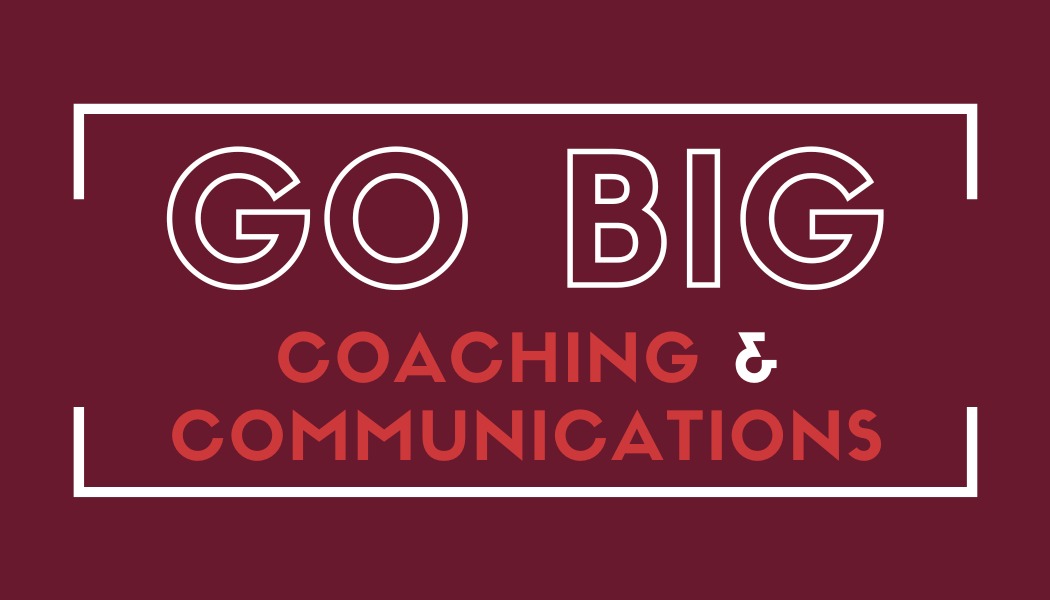“You can’t fail at meditation” is a phrase I have on my vision board. I’m glad I do, because it’s a reminder I need. A lot. If you think that you “can’t meditate,” read on! I am not a meditation teacher by any stretch of the imagination—but let me tell you, my friend, this time you’ve got it wrong.
Does this sound familiar: Every few years, you try to become a meditator because you read or hear someone you respect talk about the great benefits of meditation. You dutifully sit on your newly purchased pillow for a couple of days or weeks until you are so frustrated that you can’t not think that you give up. It’s happened to me a couple of times over the past twenty years or so. I absolutely wanted it to work for me but it just didn’t, so I quit. Guess what, it did work for me every single time—I just didn’t see it, yet.
My lightbulb moment came with a book and app called 10 Percent Happier. I read Dan Harris’s book and could finally relate to someone’s meditation journey. This guy is not a Buddhist monk or someone with a clear spiritual path at all. On the contrary, he’s become famous as the news anchor who had a panic attack on air. Evidently that’s not the part of his journey I relate to, though. What got me was how he described spending tons of his time in a state of nervous overactivity. The subtitle of his book is “Meditation for Fidgety Skeptics,” and that’s 100% me. So if that description resonates with you too, you may want to give his book a shot.
And then, totally suitable for everybody, not only for fidgety skeptics: Joseph Goldstein, whose intro sessions to his guided meditations opened up a new understanding of meditation to me. He’s finally hammered it home for me that I am totally not special with my constant inner monolog. Fact is, normal people just can’t not think, it’s simply not in our nature. So that’s not what mindfulness meditation is about; it’s about not holding on to the thought. That sounds a lot more doable: Every time you realize you’ve followed a thought down the rabbit hole—be it after a minute or ten, doesn’t matter—you return your attention to your breath or, if you suffer from anxiety, the feeling of your feet on the ground and your hands on your knees. That’s it. Congratulations, you’re a meditator!
I’m not kidding. This is not to say that you’ll be able to focused for a million breaths in a row, like some enlightened guru might (or not, who knows). Meditation is not a competitive sport. So returning your awareness without judging yourself when you get distracted is the only thing you’ve got to do to get it right. Oh, and speaking of not judging: Another thing I’ve learned from the fabulous Mr. Goldstein is—I quote—“Meditation is not a breathing exercise.” You focus on the breath (again, with the exception of people whose anxiety gets too strong if they do). What you don’t do is make your breath anything other than it is. Your breath tends to be shallow? Okay, notice it, done. No judgment. It’s still working.
So why do I need this reminder this week? Because I am not responding overly well to this Month of Slow—yet. I’m sure I’ll get there, but for now, my monkey mind is acting up a lot, always looking for something I am not doing that’ll bring terrible consequences upon me. And all that mental havoc makes it really difficult to sit with eyes closed and stay with the breath.
Sometimes, when I get up after my short meditation that is part of my morning ritual (more about that here), it totally feels like a failed experiment. But it’s not—because, here we go again, “you can’t fail at meditation.” That’s right, and that’s why I am sticking with it. I hope hearing how someone else is struggling may motivate you to give it another shot too, even—and especially—when it’s doesn’t come easily to you because you’re part of the fidgety skeptics bunch. My hunch is that we guys may benefit most of all. It just takes us a while longer to get it.
